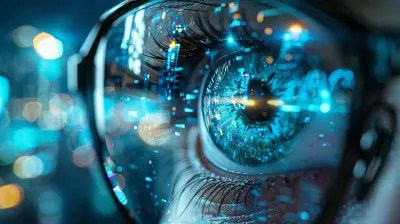How AI is Advancing the Development of Smart Prosthetics
7 July 2025
Let’s face it – artificial limbs have come a long way from the old peg leg pirate days. We’re no longer strapping on one-size-fits-none chunks of wood and calling it a day. Thanks to artificial intelligence (AI), today’s prosthetics are not just smarter – they’re practically genius-level brainiacs in the world of wearable tech.
In this article, we’re taking a deep (but fun) dive into how AI is changing the game in prosthetic development. Whether you’re a tech enthusiast, a healthcare hero, or someone who just geeks out over cool innovations, we’ve got you covered. So, grab your digital snorkel – we’re diving in!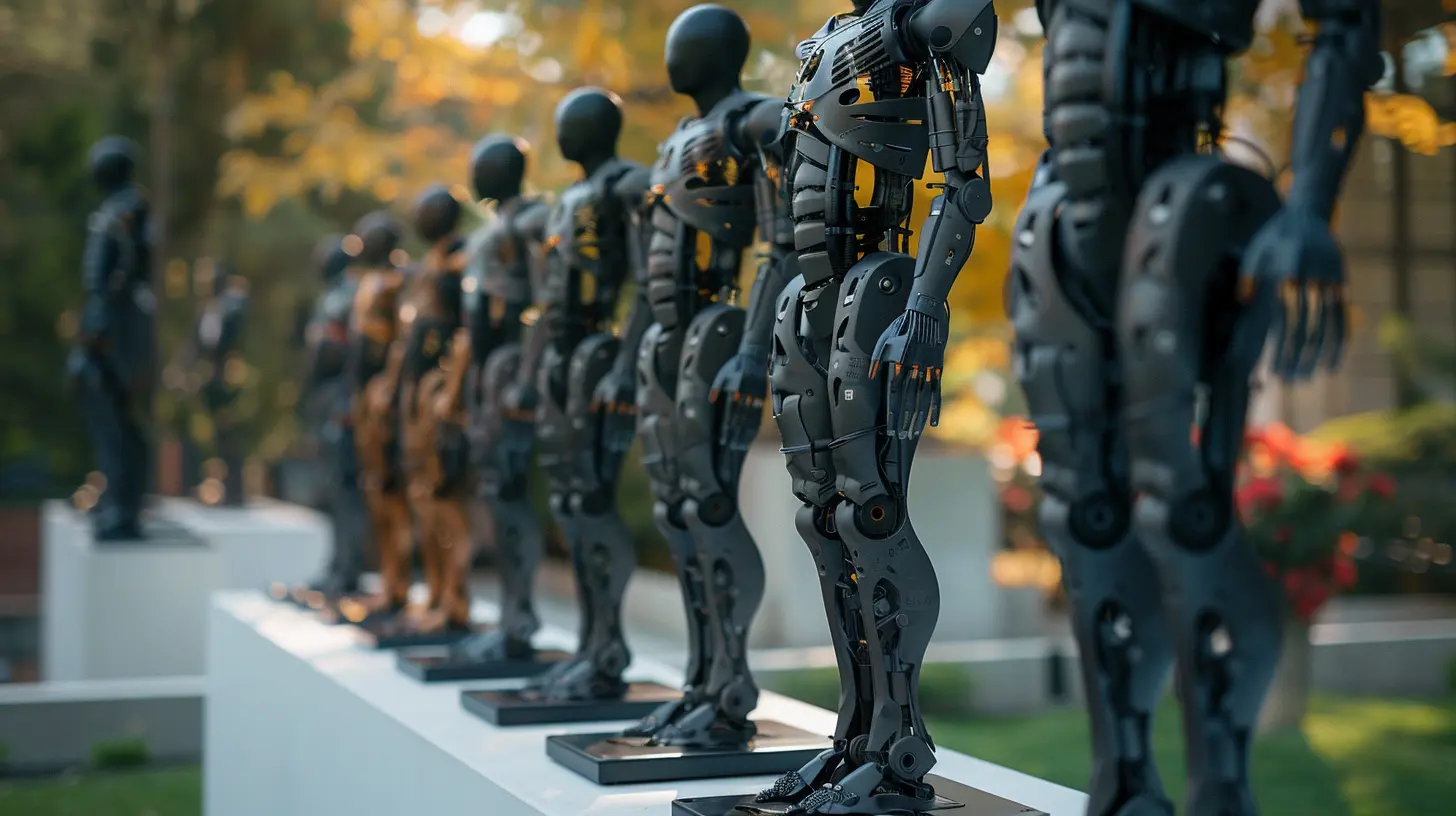
The New Era of Prosthetics: From Static to Smart
Gone are the days when prosthetics were just tools of mobility. With the help of AI, they’ve leveled up to become intuitive extensions of the human body. These futuristic limbs can now detect muscle movement, predict user intent, and even “feel” sensations. Yes, you read that right—prosthetics that can actually feel.So how did we go from clunky mechanical limbs to AI-powered bionic wonders? The answer lies in the algorithmic magic that AI brings to the table.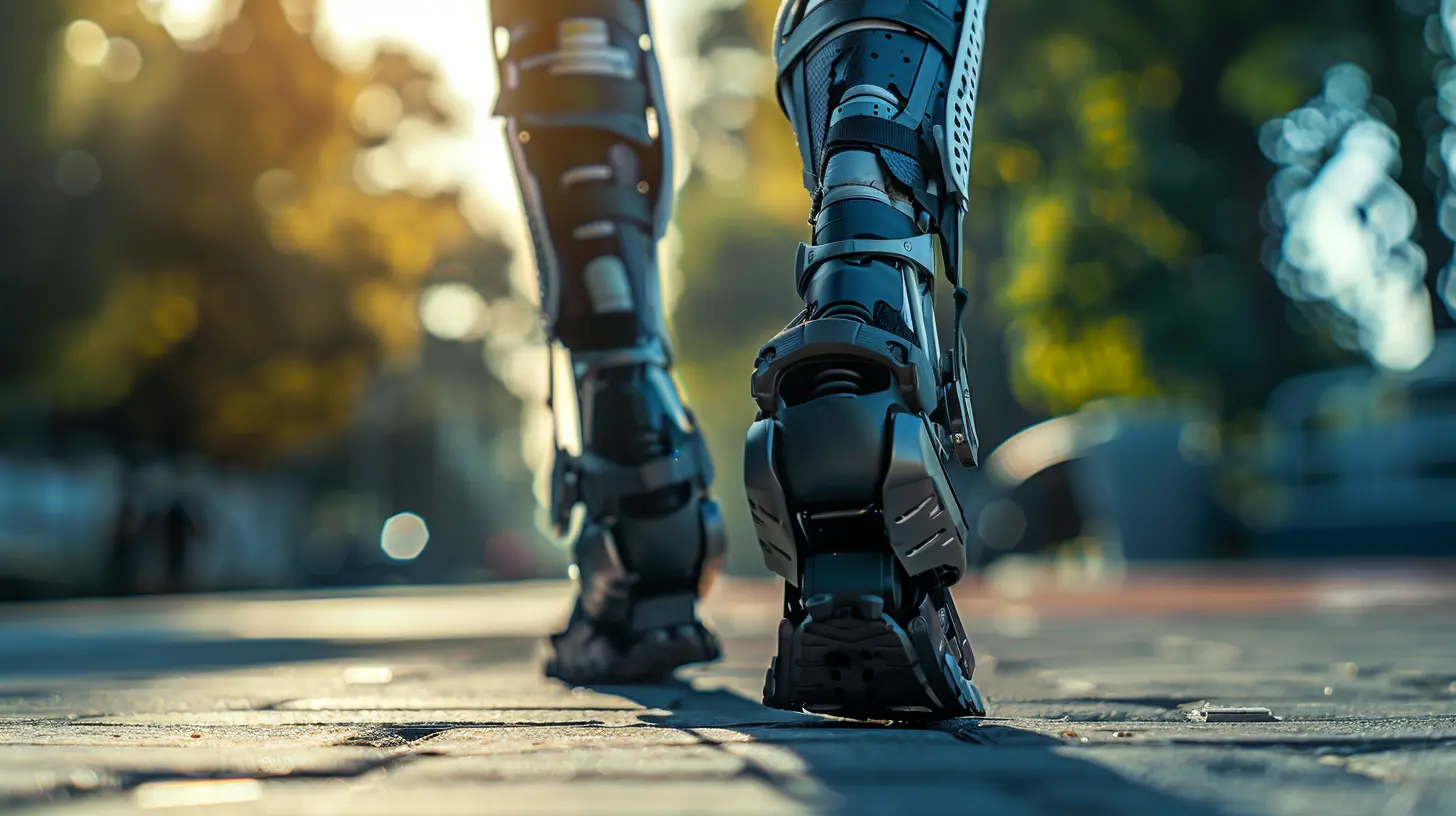
Machine Learning: The Brain Inside the Arm (Or Leg)
Let’s break it down. AI in prosthetics mostly revolves around a particular branch of AI called machine learning (ML). Think of ML as a super-smart student who's constantly learning and improving. Instead of cramming for exams, it’s analyzing data from sensors, muscle signals, and user feedback.The goal? To predict what the wearer wants to do – whether it’s picking up a cup of coffee or performing a killer moonwalk. The more it learns, the smoother and more natural the movements become.
Real-World Example: The Mind-Controlled Arm
Take the DEKA Arm System (aka the “Luke Arm” – yes, named after that Luke). It uses EMG sensors to pick up electrical activity from the user’s muscles. This data is processed by machine learning algorithms that translate it into specific movements. Basically, users think, and the arm responds. Jedi-level cool, right?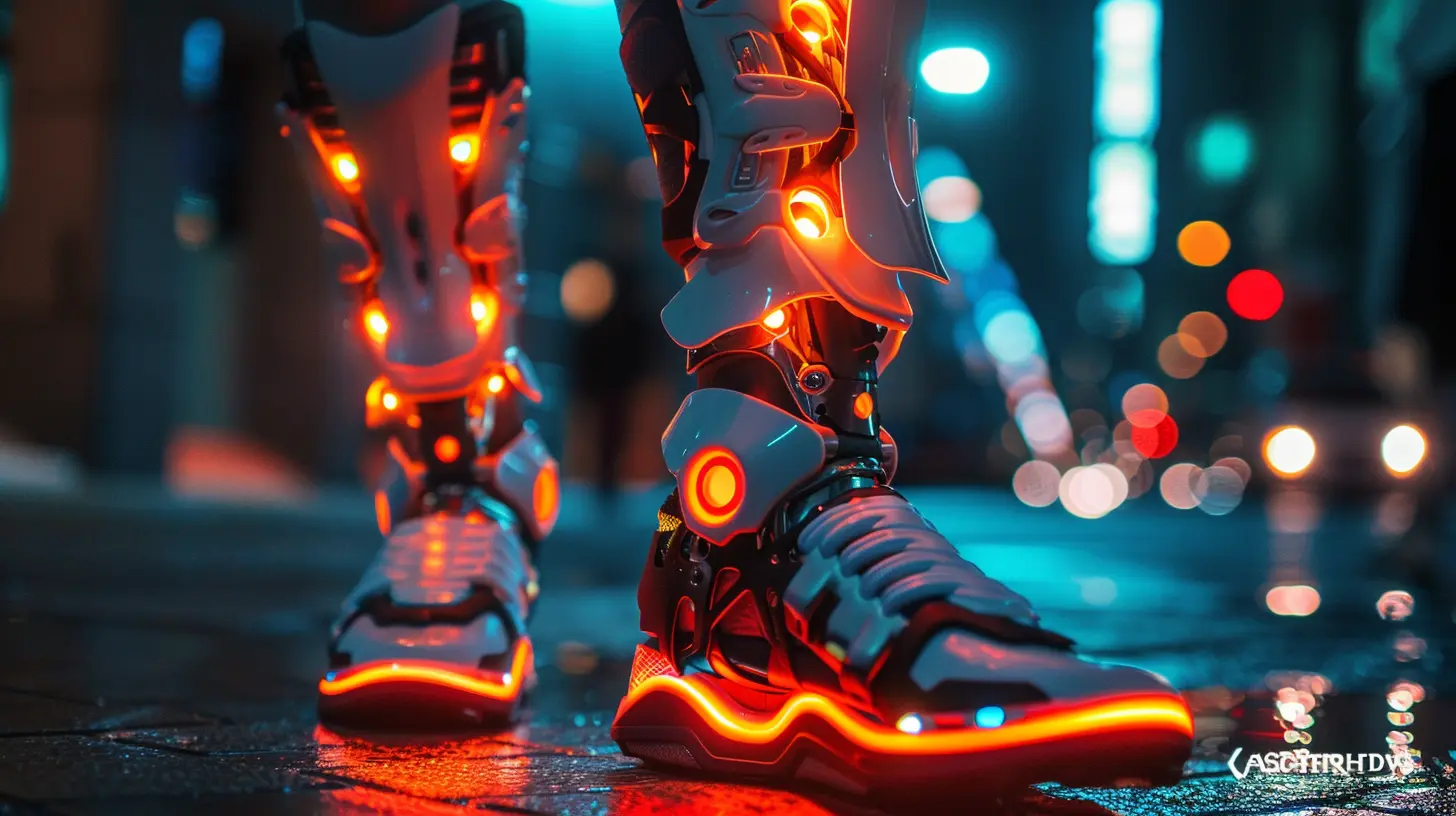
Sensory Feedback: Giving Prosthetics the Power to “Feel”
One major challenge with traditional prosthetics is the lack of sensation. Sure, you can hold an object, but you won’t know how hard you’re gripping it—until it breaks. (Oops! Goodbye, eggs.)Now enter AI-enhanced sensory feedback. These systems use sensors to collect data like pressure, temperature, and even texture. This data is then processed and sent to the brain via non-invasive techniques (like haptic feedback or neural interfacing). The result? A more intuitive and responsive experience.
What’s That Feel Like?
It’s kind of like playing a video game with haptic controllers. You don’t just see what’s happening—you feel it. AI works behind the scenes to make sure the prosthetic knows when it's holding a feather versus a brick.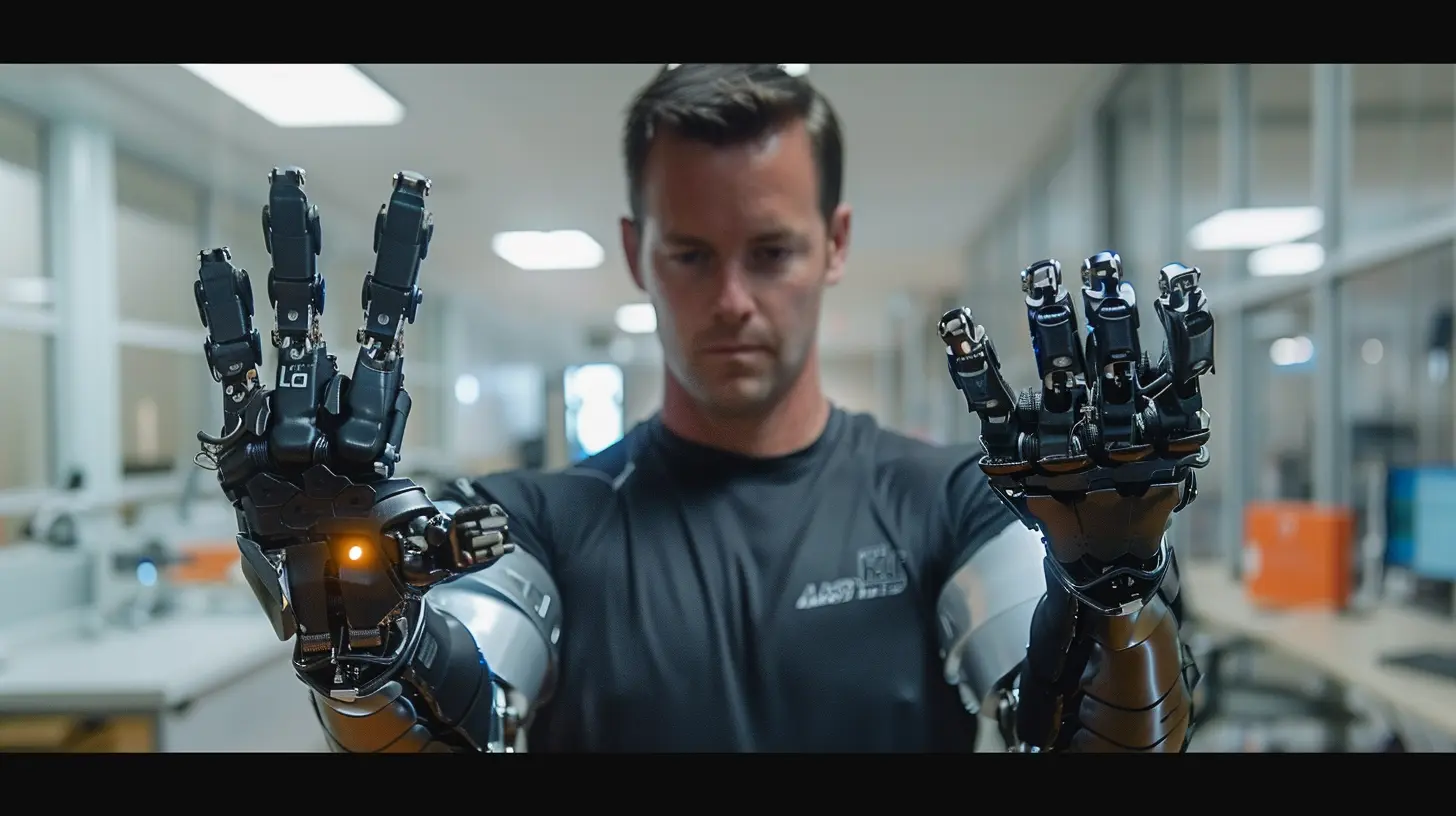
Adaptive Learning: Personalized for Every User
AI doesn't just make prosthetics smarter—it makes them YOUR kind of smart. Every person uses their prosthetic differently. Instead of forcing everyone into the same mold, AI allows the device to adapt over time.The algorithms continuously learn from the user’s walking pattern, muscle signal changes, and daily routines. Essentially, your bionic buddy gets to know you better than your barista does.
Case Study: The Össur Smart Prosthetic
This high-tech leg uses AI to adjust its behavior in real time depending on terrain, speed, and even weather conditions. Walking uphill in the rain? No problemo. The AI adjusts torque and stability to keep you striding like a rockstar.Neural Integration: Connecting Man and Machine
Okay, let’s get a little sci-fi here. Some of the most cutting-edge AI prosthetics are being directly wired into the nervous system. Yes, literal brain-to-prosthetic communication.This is being done through brain-computer interfaces (BCIs), which use AI to decode neural signals from the brain or spinal cord. These decoded signals are then translated into movement commands for the prosthetic. It’s like mind-reading, but way cooler (and way more legal).
But Wait—Is That Safe?
Totally. These systems are being developed with serious ethical and safety standards in mind. It’s all about giving people more control, not less. Imagine being able to play the piano again, using a bionic hand that listens to your musical brainwaves.AI in Action: Smarter Everyday Functionality
Sure, bionics sound cool on a TED Talk stage, but what about real life? How does AI actually make a difference in everyday activities?Enhanced Balance and Stability
Smart prosthetic legs now come with AI algorithms that help maintain balance. Whether you're walking upstairs or dancing at a wedding, the tech adjusts real-time to keep you steady on your feet.Grip Control
AI lets prosthetic hands automatically adjust grip strength based on what you’re holding—like a bottle of water versus a raw egg. One solid grip, two very different needs.Activity Recognition
Some AI systems can detect what you’re doing (sitting, walking, running) and adapt accordingly without asking for input. It's like having a personal assistant for your leg.Challenges and Roadblocks (Because Nothing’s Perfect)
Let’s not get too carried away. As cool as AI prosthetics are, there are still some hurdles to clear.Cost, for Starters
These high-tech limbs don’t come cheap. AI-driven prosthetics can run up tens of thousands of dollars, making them out of reach for many who need them most.Data Privacy
When you’ve got a limb that collects data 24/7, privacy becomes an issue. Who owns that data? How is it secured? These are questions researchers (and lawmakers) are still trying to answer.Battery Life Woes
These smart limbs are powerful—but they also like to eat up the juice. Battery efficiency is a big challenge, especially when you don’t want your leg to die in the middle of a jog.The Future of Smart Prosthetics (Hint: It’s Very Bright)
Despite the challenges, the future of AI in prosthetics is incredibly exciting. Research is moving at warp speed, and the possibilities are just beginning to unfold.The Role of 3D Printing
Combine AI with 3D printing, and now you’ve got custom prosthetics designed for each individual's body shape and usage needs. It’s the prosthetic equivalent of a tailor-made suit.Cloud Connectivity
Imagine a prosthetic that syncs with your smartwatch, tracks your steps, and adjusts in real time through cloud algorithms. Oh wait—that’s already happening.Emotionally Intelligent Prosthetics?
Yes, this is a thing. Researchers are working on AI systems that can read your emotional state (via facial expressions or tone of voice) and adjust your prosthetic’s behavior accordingly. Feeling stressed? Maybe your hand loosens its grip automatically. Now that’s empathy you can wear.Wrapping It All Up (Like a Soft Haptic Hug)
So, how is AI advancing the development of smart prosthetics? In just about every way imaginable.From machine learning and sensory feedback to real-time adaptability and direct neural integration, AI is turning prosthetics from tools into teammates. These aren't just devices. They're partners in mobility, confidence-boosters, and in many cases, life-changers.
Sure, we’ve got some challenges to solve, but hey—that’s par for the tech course. What matters is that with every line of code and every new sensor, we’re getting closer to prosthetics that feel natural, work seamlessly, and most importantly, give people their lives back.
Now THAT is something worth applauding—with either hand.
all images in this post were generated using AI tools
Category:
Emerging TechnologiesAuthor:

Vincent Hubbard
Discussion
rate this article
1 comments
Caitlin Carrillo
This article highlights the incredible strides being made in smart prosthetics through AI technology. It's inspiring to see how innovation is transforming lives, offering hope and independence to many. The future is bright, and the possibilities are limitless! Keep pushing the boundaries!
July 30, 2025 at 3:56 AM

Vincent Hubbard
Thank you for your inspiring comment! I'm glad to hear you appreciate the advancements in smart prosthetics—it's truly a transformative field. Let's continue to push the boundaries together!
